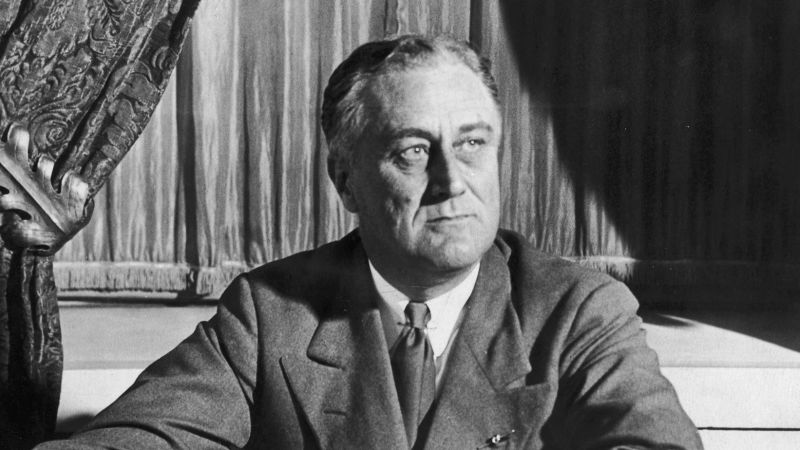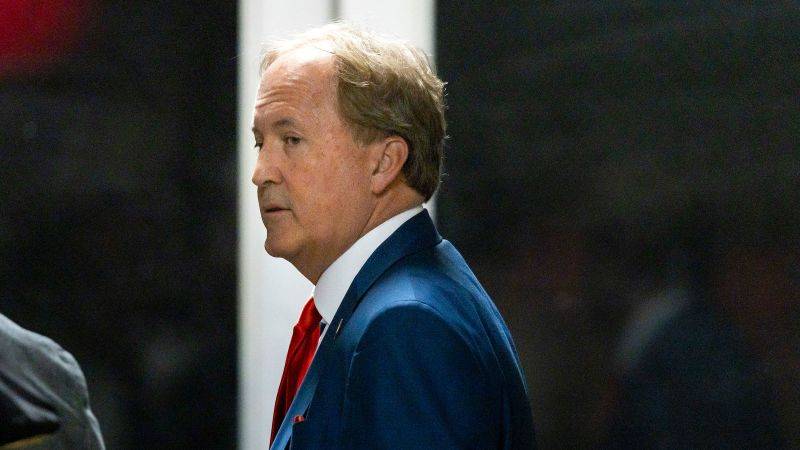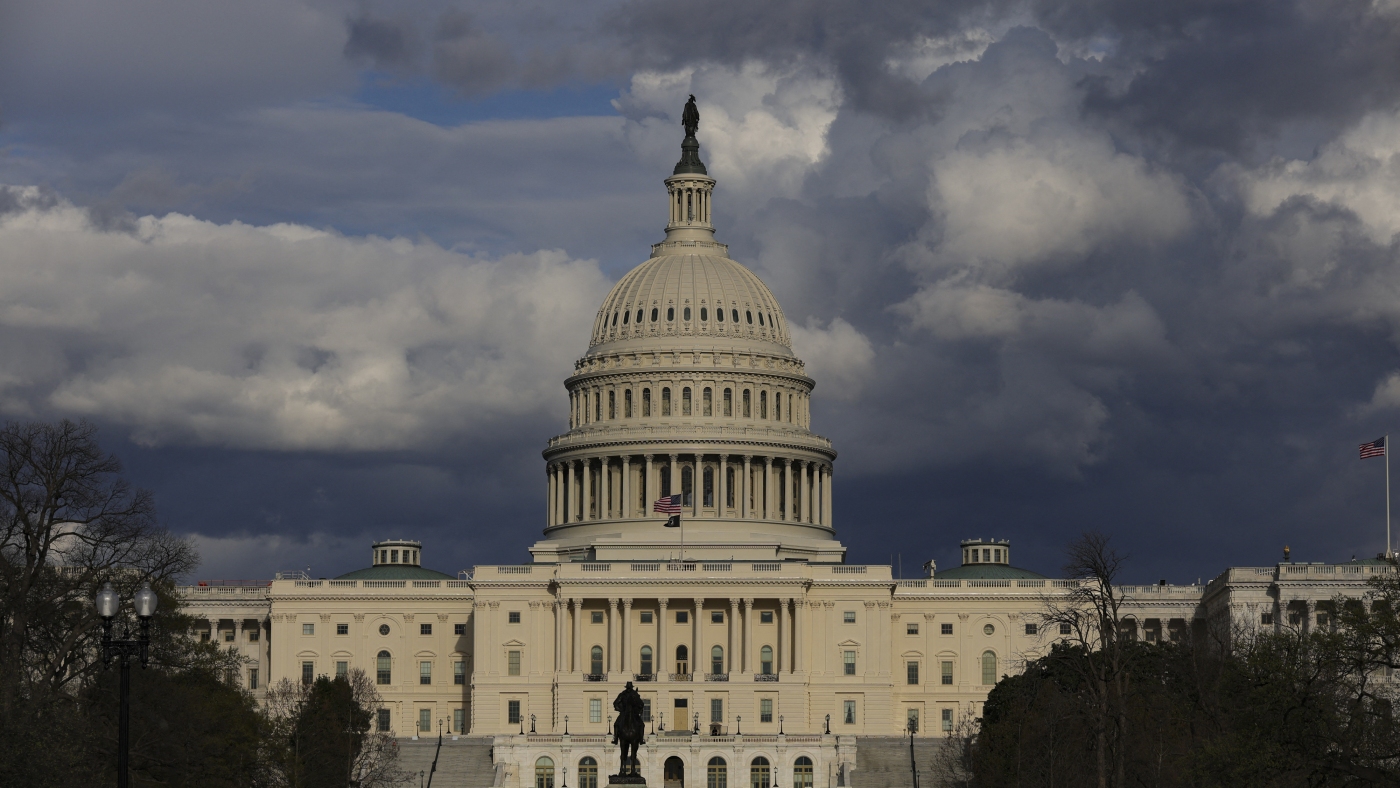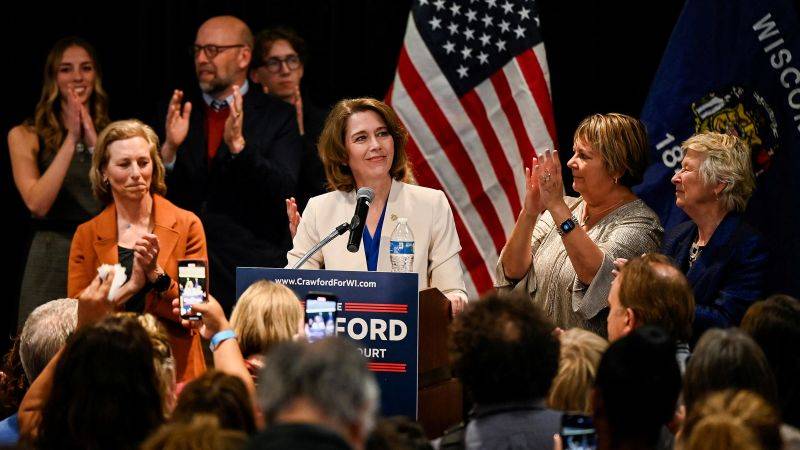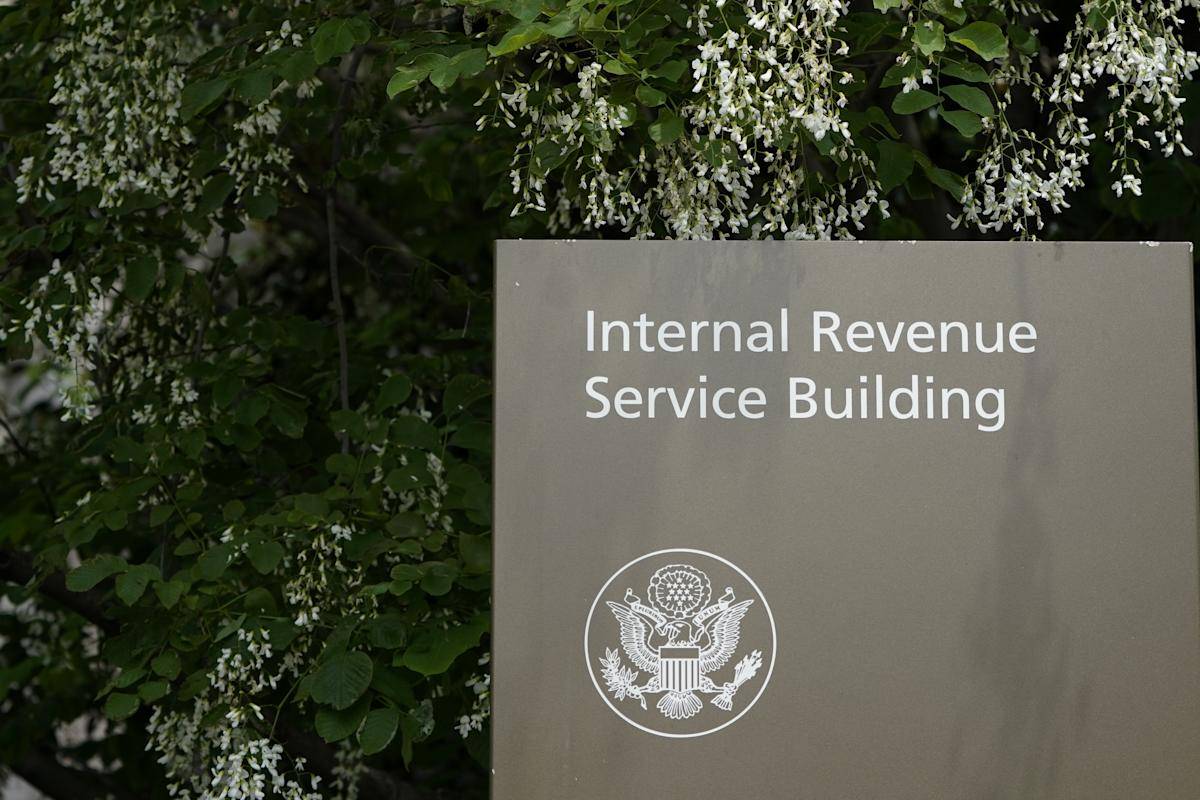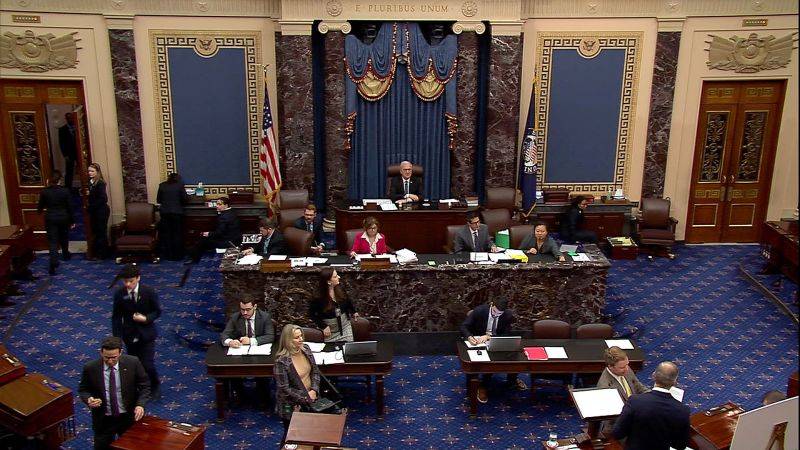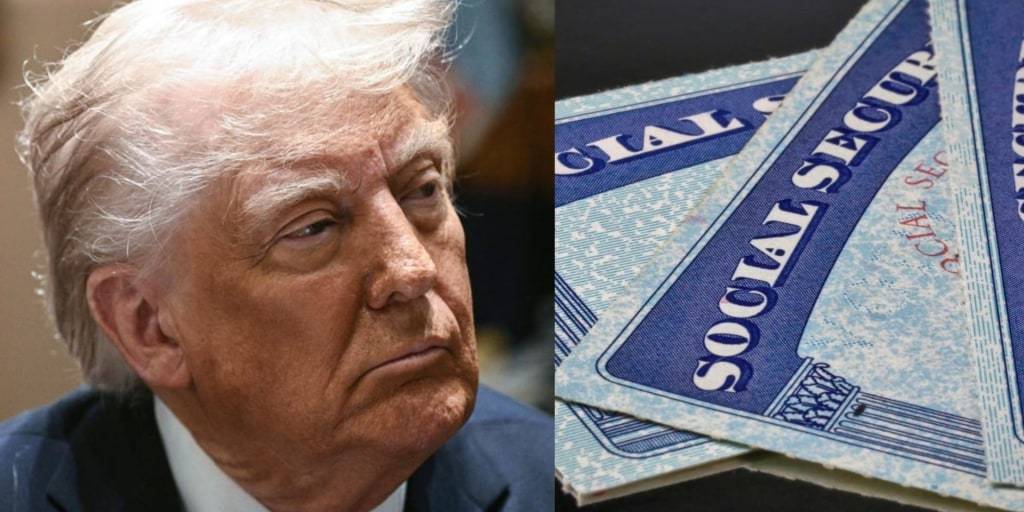FDR’s New Deal and Trump’s Regulatory Rollbacks
As the debate over a potential second term for Donald Trump heats up, one of the most enduring legacies in American political history is under scrutiny: the legacy of Franklin D. Roosevelt (FDR). FDR, who served from 1933 until his death in 1945, implemented far-reaching reforms known as the New Deal, transforming the U.S. government’s role in the economy and social welfare. Trump, on the other hand, has been associated with undoing many of the regulatory advancements made during FDR’s tenure.
The New Deal and Government Intervention
FDR’s New Deal was a comprehensive response to the Great Depression, a period of severe economic downturn that started with the stock market crash of 1929. It included programs like the Works Progress Administration (WPA) and the Social Security Act, which provided relief to the unemployed and established a safety net for the elderly. FDR’s policies not only rescued the nation from economic collapse but also set a precedent for government intervention in economic affairs. In contrast, Trump’s approach has been marked by efforts to reduce government regulation and shrink federal bureaucracy through executive actions.
Third and Fourth Terms: Breaking Tradition
One of the most controversial aspects of FDR’s presidency was his decision to serve more than two terms. This was before the 22nd Amendment was ratified in 1951, which limits a president to two terms. FDR’s third and fourth terms were influenced by the geopolitical climate of World War II, with the fall of France in 1940 playing a significant role in his decision to run again. Trump, while facing constitutional barriers to a third term, has expressed interest in pursuing another term, though it remains unclear how feasible this would be under current law.
Media Strategy and Executive Powers
FDR’s legacy extends beyond his domestic policies to include his media strategy. He cultivated a strong relationship with the press to influence public opinion, a stark contrast to Trump’s more adversarial approach. Trump has utilized executive powers extensively, though not to the extent of FDR, who set a record with 99 executive orders in his first hundred days.
Legacy, Impact, and Ongoing Debate
Today, the showdown between Trump’s political ambitions and FDR’s enduring legacy reflects broader debates about the role of government in American life. While FDR expanded government intervention to address economic crises, Trump has sought to scale back these interventions. This contrast highlights the complex and evolving nature of U.S. politics, where historical lessons from figures like FDR continue to shape contemporary discussions.
In assessing these competing visions of governance, it’s essential to consider the historical context and the ongoing impact of these policies. FDR’s New Deal not only helped America recover from the Great Depression but also established a framework for social welfare programs that continue to influence policy today. As Trump and other political figures navigate the complexities of modern governance, they are faced with the challenge of balancing individual freedoms with collective needs—a balance that FDR’s legacy continues to inform.
For more in-depth analysis on political dynamics and historical policy-making, visit Epochedge News and Epochedge Politics.

